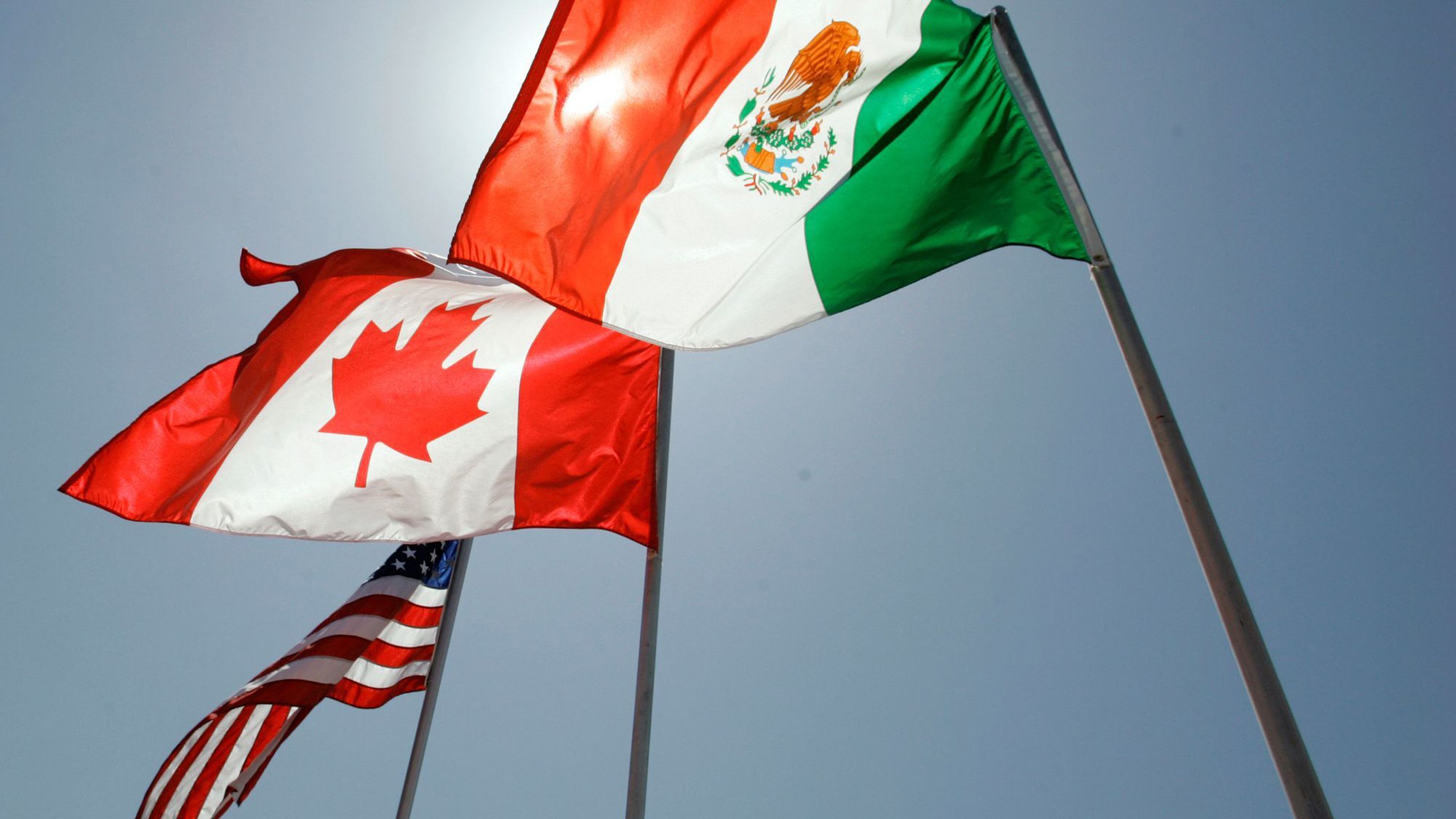
Source: Wall Street Journal
U.S. government bond prices fell Monday as the revision of the North American Free Trade Agreement eased investor concerns about the durability of the economic expansion.
The yield on the benchmark 10-year treasury yield rose for a second consecutive trading session to 3.078%, from 3.055% Friday. Yields rise as bond prices fall.
Yields rose early Monday, with some investors saying the agreement removed a source of uncertainty about the environment for global trade. Investors have spent much of the year fretting that rifts between the U.S. and its major trading partners could expand, threatening to slow economic growth.
Analysts said the revised Nafta agreement instead augurs well for economic growth in Canada, Mexico and the U.S. The progress contrasts with the continuing tensions between the U.S. and China, where each nation has slapped substantial tariffs on each other’s exports, raising prices on many goods.
Yields also climbed as U.S. oil prices surged to their highest level since November 2014. Higher energy costs typically concern bond investors because their rise can lead to a faster pace of inflation. Inflation presents a threat to the value of a bond’s fixed interest and principal payments.
The bond market’s measure for the expected average pace of inflation for the next 10 years has held steady at about 2.1 percentage points for much of this year. The measure, known as the 10-year break-even rate, is equal to the difference in yield between the benchmark 10-year note and the 10-year inflation-indexed Treasury note. An investor who sells the benchmark note and buys the inflation-protected note would need an average inflation rate for the period of 2.1 percentage points to break even on the trade.
Some analysts point to the Federal Reserve’s three rate increases this year as a factor that has helped to contain price pressure throughout the economy. Fed-funds futures, which investors use to bet on the future path of central bank policy, show 47% odds that the Fed raises rates two or more times by the end of March. That’s up from 37% a month ago.


